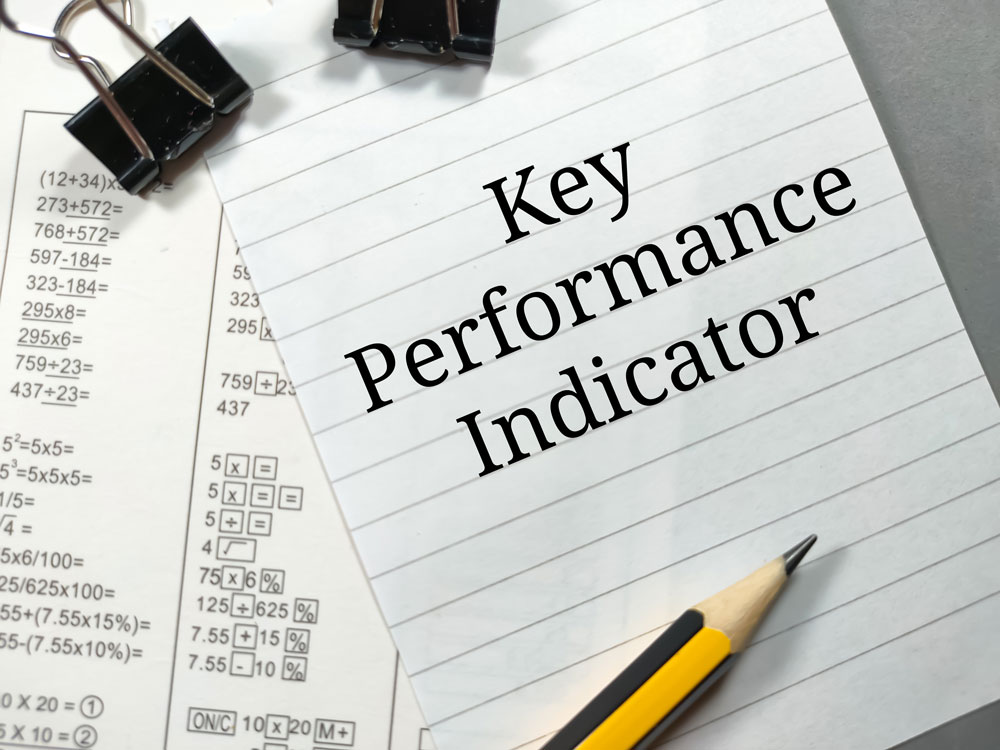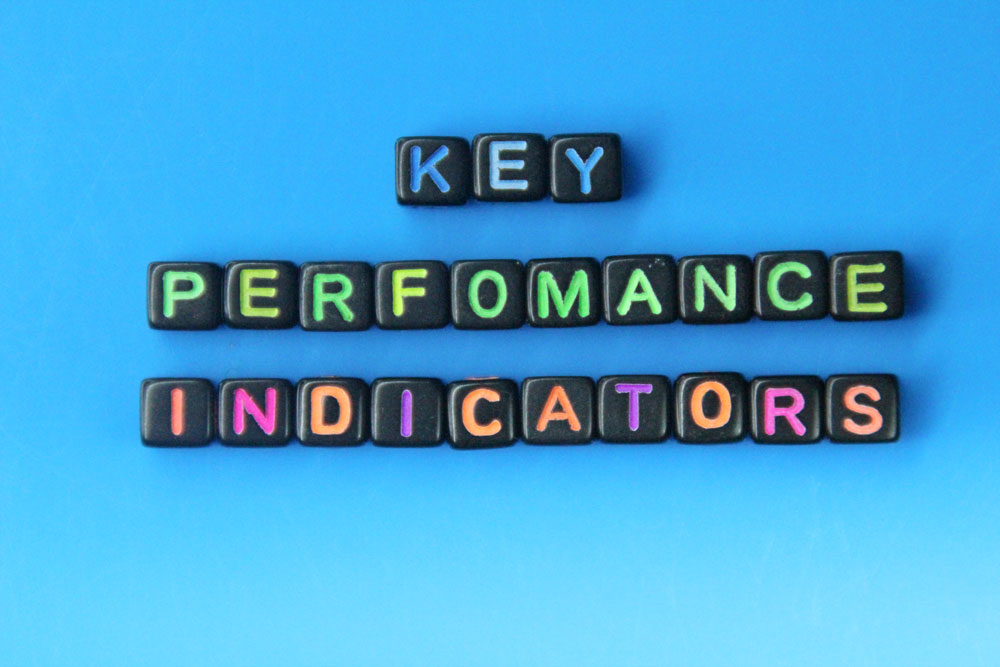Reach the Right Audience By Using Data Analytics in Marketing

Data analytics has become an essential tool in modern marketing strategies. With the growth of digital marketing, collecting and analyzing data is necessary to understand customers’ preferences and reach the right audience. Companies that leverage data analytics can gain a competitive advantage by creating more targeted content and campaigns that better meet their customer’s needs. This article will discuss how to reach the right audience by using data analytics in marketing and creating successful campaigns that generate desired results.
What is data analytics?
Data analytics is becoming increasingly important for businesses that want to reach their target audience. Understanding how customers interact with their products and services is key to developing effective marketing strategies, meeting customer needs, and increasing the ROI of their business. By using data analytics in transactions, businesses can gain insights into customer behavior and preferences that will help them target the right audience.
Data-driven decision-making tools allow businesses to track consumer behaviors as they move through an online purchase journey. This allows marketers to identify any potential points of friction during the transaction process and make informed decisions on how best to respond. Companies can also use data analytics to optimize ad targeting by better understanding which segment of their customers are likely to convert for a particular product or service, allowing them to reach out only where it matters most.
What are the ways to reach customers using marketing analytics?
Marketing analytics is a powerful tool for businesses, allowing them to gain insight into customer behavior and preferences. By leveraging marketing analytics, businesses can craft campaigns that are tailored to their customer's needs and reach their target audience more effectively. There are several ways companies can use marketing analytics to reach customers, including segmentation, optimizing messaging and delivery channels, measuring performance data, and personalization.
Segmentation allows companies to divide their customer base into smaller groups based on demographics such as age or geographic location. This helps them focus on the right audiences with relevant content. Optimizing messaging and delivery channels enables marketers to reach potential customers where they spend time online or offline – such as social media platforms or email newsletters – using carefully crafted messages that capture attention.
How do data analytics help understand the audience?
Data analytics has become an increasingly important tool for businesses to understand their audience and gain valuable insights. By utilizing data analytics, businesses can analyze large datasets quickly and accurately to better understand the wants and needs of their customer base. This understanding can then be used to make informed decisions on how best to target potential customers, improve customer relationships, and increase customer loyalty.
Data analytics helps provide a comprehensive view of the customer's journey by giving the business access to information such as purchase history, website behavior patterns, social network interactions, and more. With this data in hand, businesses can create customized messages geared toward each customer that are tailored specifically for them. Additionally, analyzing past sales trends can enable businesses to anticipate future demands from customers so they can adjust accordingly.
How can we use data analytics in marketing?
Data analytics is becoming an increasingly important tool in marketing decision-making. With the ever-growing amount of customer data available to companies, it can be difficult to effectively analyze and optimize it all. Fortunately, through the implementation of data analytics tools, marketers can gain insight into their customer base and use this information to inform their marketing initiatives.
Data analytics helps marketers better understand their customers’ needs and behaviors by providing them with real-time insights into how they interact with different campaigns or products. This information can then be used to adjust marketing strategies, develop new advertising techniques, identify target audiences, generate leads, and refine communication tactics. Additionally, data analytics also allows for the measurement of ROI for various marketing mediums, such as social media channels or email campaigns.

How can data analytics improve marketing strategy?
Data analytics is transforming the way companies approach marketing strategy. By leveraging data, companies can gain insights into customer behavior, and trends in their industry and target markets, predict customer needs and demands, and optimize their promotional efforts to achieve maximum ROI.
Using a data-driven approach to marketing strategy can be highly advantageous for businesses of all sizes. With an improved understanding of who their customers are and what they want, marketers can develop more targeted campaigns that focus on personalization while also creating stronger relationships with existing customers. Furthermore, advanced analytics tools provide the ability to measure campaign performance in real time so marketers can adjust tactics as needed without wasting time or resources. With these tools at hand, businesses have access to comprehensive reports and reliable insights that enable them to make smarter decisions about where to allocate budgets for optimal results.
What is the best way to reach your target audience?
Understanding your target audience is the key to creating successful marketing campaigns. Reaching the right people and delivering relevant content are two of the most important elements when it comes to attracting new customers and engaging existing ones.
The best way to reach your target audience is by understanding their needs and preferences while also optimizing your message with visual content that corresponds to their interests. This means taking into consideration factors such as age, gender, ethnicity, location, or lifestyle and using this data to create customized advertisements that will appeal directly to them. Additionally, keeping up with trends in social media channels can help you stay ahead of the curve and ensure your message reaches its intended recipients promptly.

What are the most effective methods to reach your best customers?
Reaching your best customers is an essential part of running a successful business. Knowing which methods are the most effective when engaging with this group can make all the difference in maximizing sales and customer satisfaction.
The most effective way to reach your best customers is by understanding their unique needs and preferences, as well as developing a strategy that meets those needs. This could include targeted emails, personalized offers, or even direct engagement through social media platforms such as Twitter or Instagram. Additionally, offering incentives to loyal customers or creating loyalty programs can be great ways to show appreciation while also incentivizing them to engage more with your brand.
Ultimately, it’s important to have a comprehensive plan in place for reaching out to your best customers and leveraging the right methods that will help you build long-term relationships with them.
Conclusion
In conclusion, the potential of data analytics to increase the efficiency and accuracy of transactions is undeniable. With data analytics, businesses have the opportunity to reach their target audience more quickly, accurately, and cost-effectively than ever before. Moreover, it allows for an evenly greater understanding of customer preferences as well as a more targeted campaign overall. By investing in data analytics solutions for their transaction processes, businesses can optimize their marketing efforts and gain a competitive edge in today’s market.























